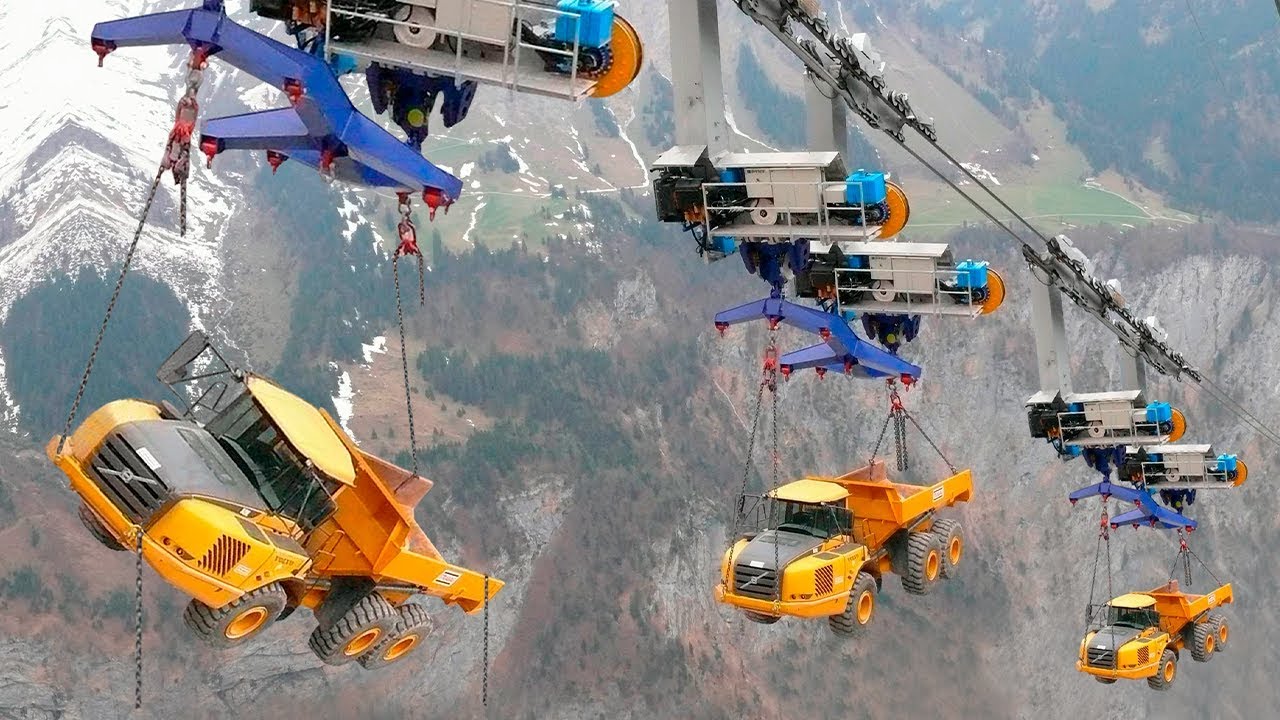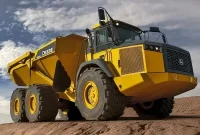The transportation of heavy machinery through challenging terrains such as rugged landscapes and deep valleys is a formidable task that requires specialized knowledge, skills, and strategies. Whether it’s the construction of remote infrastructure, mining operations, or other industrial projects, the ability to move heavy equipment through such demanding environments is a critical aspect of success. In this article, we explore the strategies and skills required to tackle these tough terrains effectively.
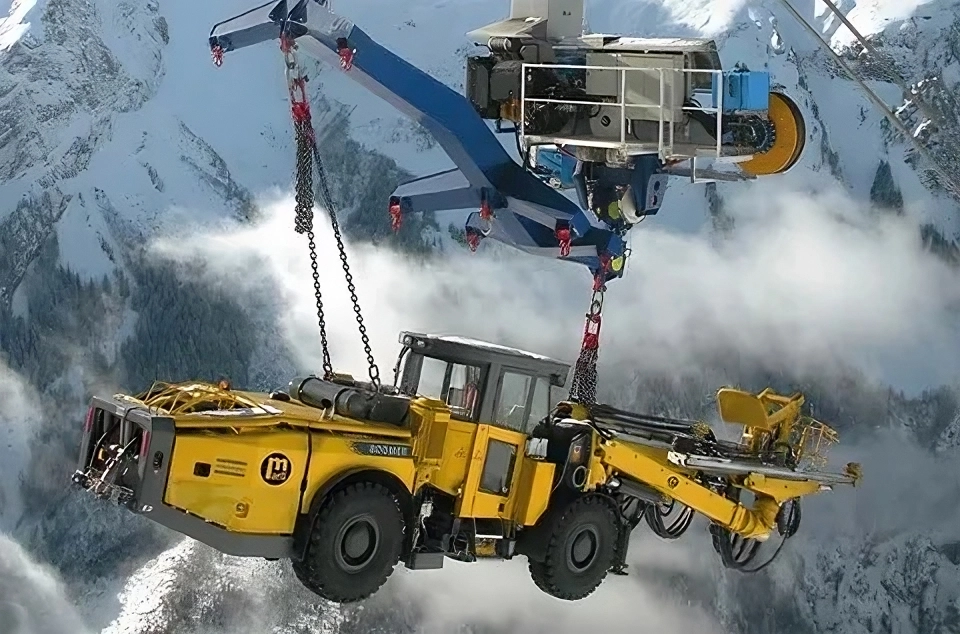
Terrain Assessment:
Before embarking on the journey, a thorough assessment of the terrain is essential. Understanding the geography, topography, and potential obstacles is the first step. It helps in planning the route, identifying potential bottlenecks, and ensuring that the machinery’s specifications match the demands of the terrain.
Specialized Equipment: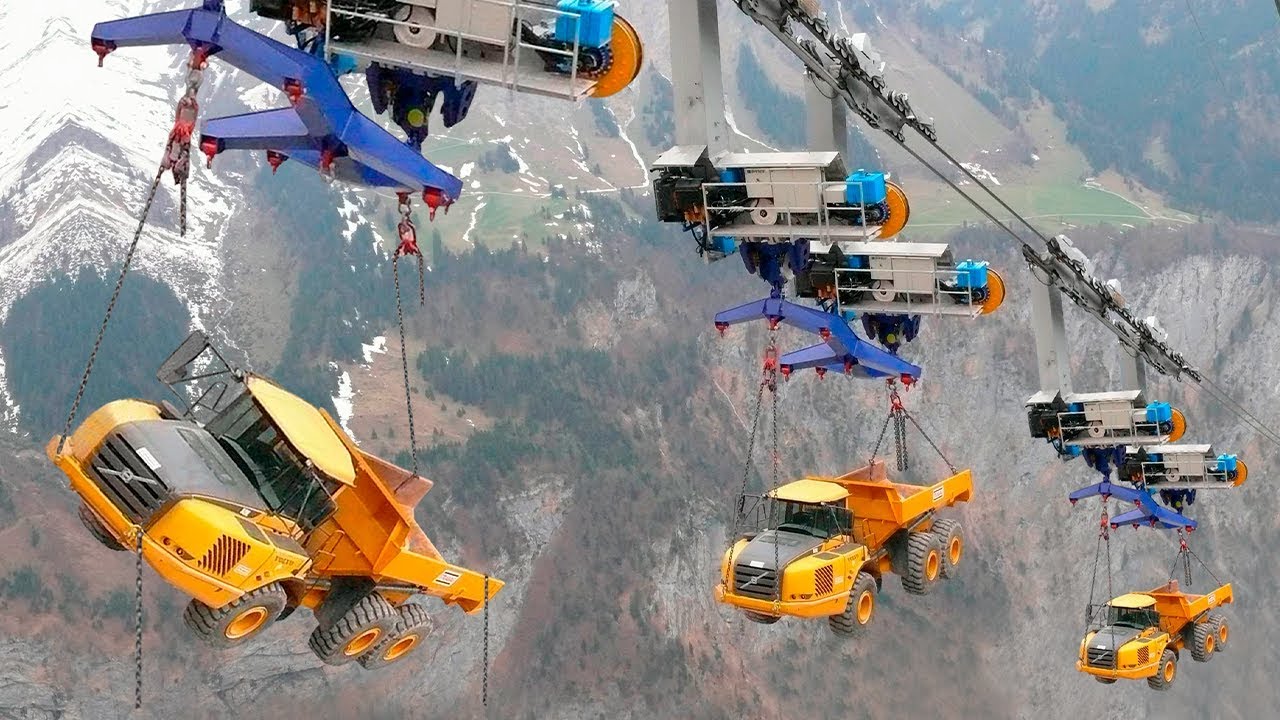
Selecting the right heavy machinery and transportation equipment is crucial. Specialized vehicles, trailers, and attachments designed for off-road and heavy-haul transport can make a significant difference. These should be chosen based on the specific challenges posed by the terrain.
Skilled Operators:
Skilled and experienced operators are indispensable for the successful navigation of tough terrains. They should be well-versed in handling heavy machinery in adverse conditions and be prepared to adapt to unforeseen challenges. Their expertise in weight distribution, load securement, and safety protocols is paramount.
Custom Engineering and Modification: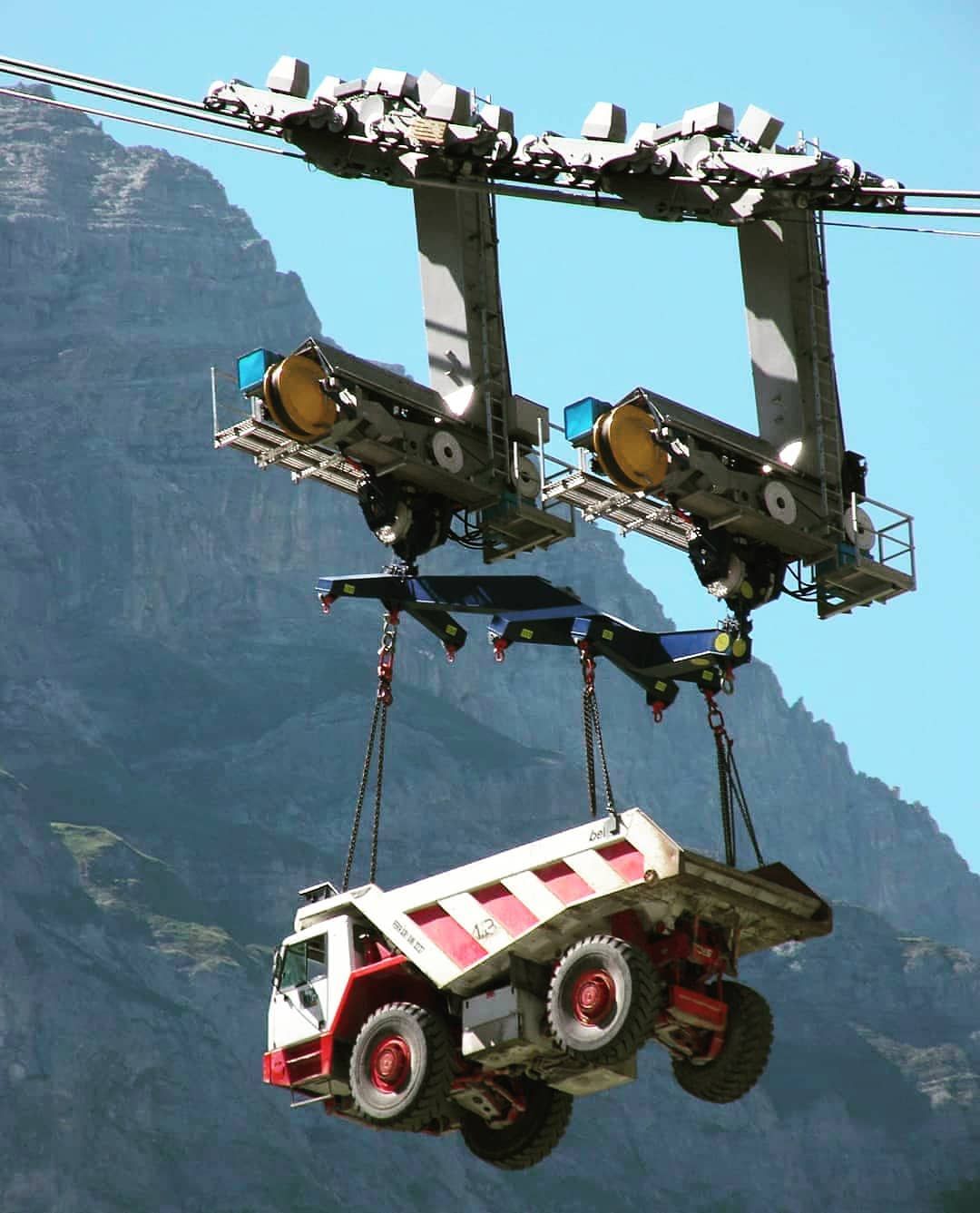
In many cases, custom engineering and modifications to the machinery may be required. This could include reinforcing the equipment’s structure, installing larger, off-road tires, and enhancing suspension systems to handle uneven ground and steep gradients. These modifications are tailored to the unique demands of the transport.
Safety First:
Safety is non-negotiable when dealing with heavy machinery transport in difficult terrains. Rigorous safety protocols should be established and followed diligently. This includes regular equipment inspections, securing loads effectively, and using appropriate safety gear.
Route Planning and Preparation: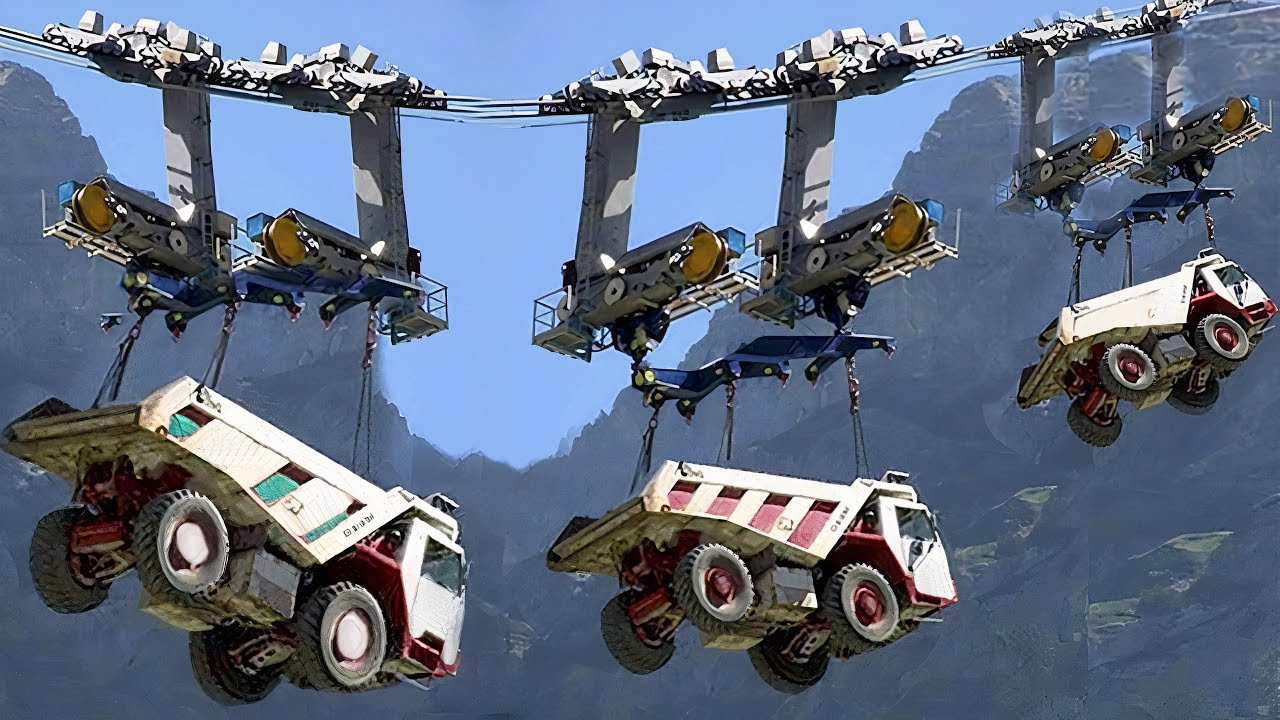
Extensive route planning is vital. The chosen path must account for obstacles such as rocks, trees, rivers, and steep inclines. The route should be cleared of debris, and any necessary repairs or improvements should be made before the machinery arrives. This planning minimizes the risk of unexpected delays or damage to the equipment.
Technology Integration:
The integration of advanced technology can greatly enhance heavy machinery transport in challenging terrains. GPS systems, remote monitoring, and communication devices can provide real-time information on the machinery’s location and condition. This allows for better coordination and swift responses to unforeseen issues.
Weather Considerations: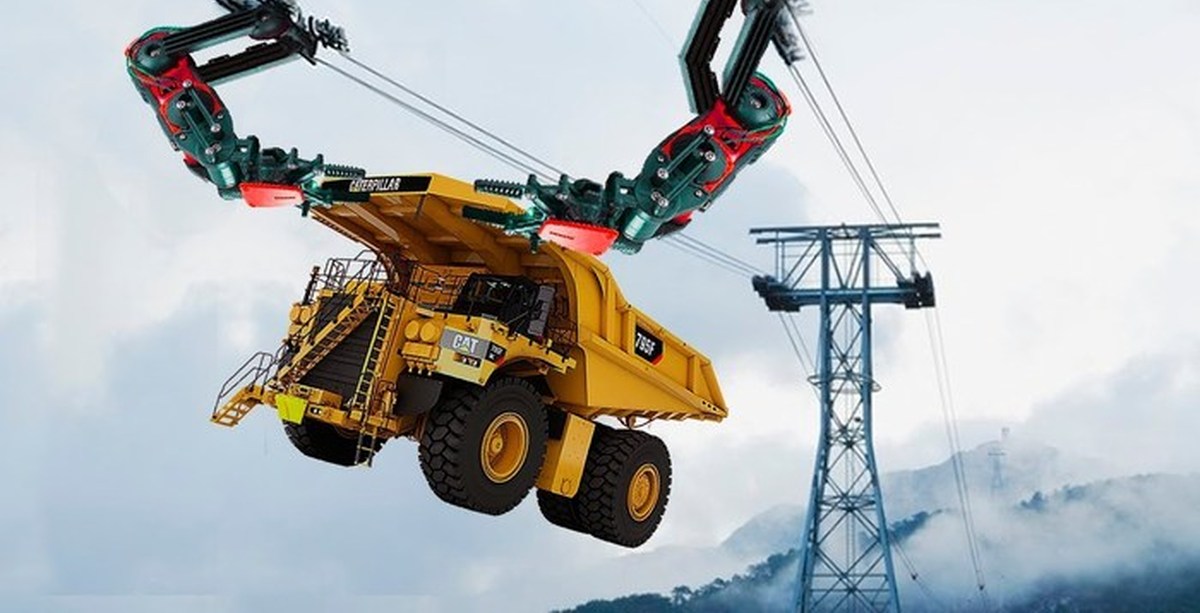
The weather can play a significant role in the success of transporting heavy machinery through challenging terrains. Adverse weather conditions can further complicate the process. Monitoring weather forecasts and having contingency plans in place is crucial.
Experienced Logistics Teams:
Experienced logistics and project management teams are essential to ensure that the transportation process runs smoothly. They coordinate the entire operation, from planning to execution, and are well-versed in handling any unexpected challenges that may arise.
Case in Point: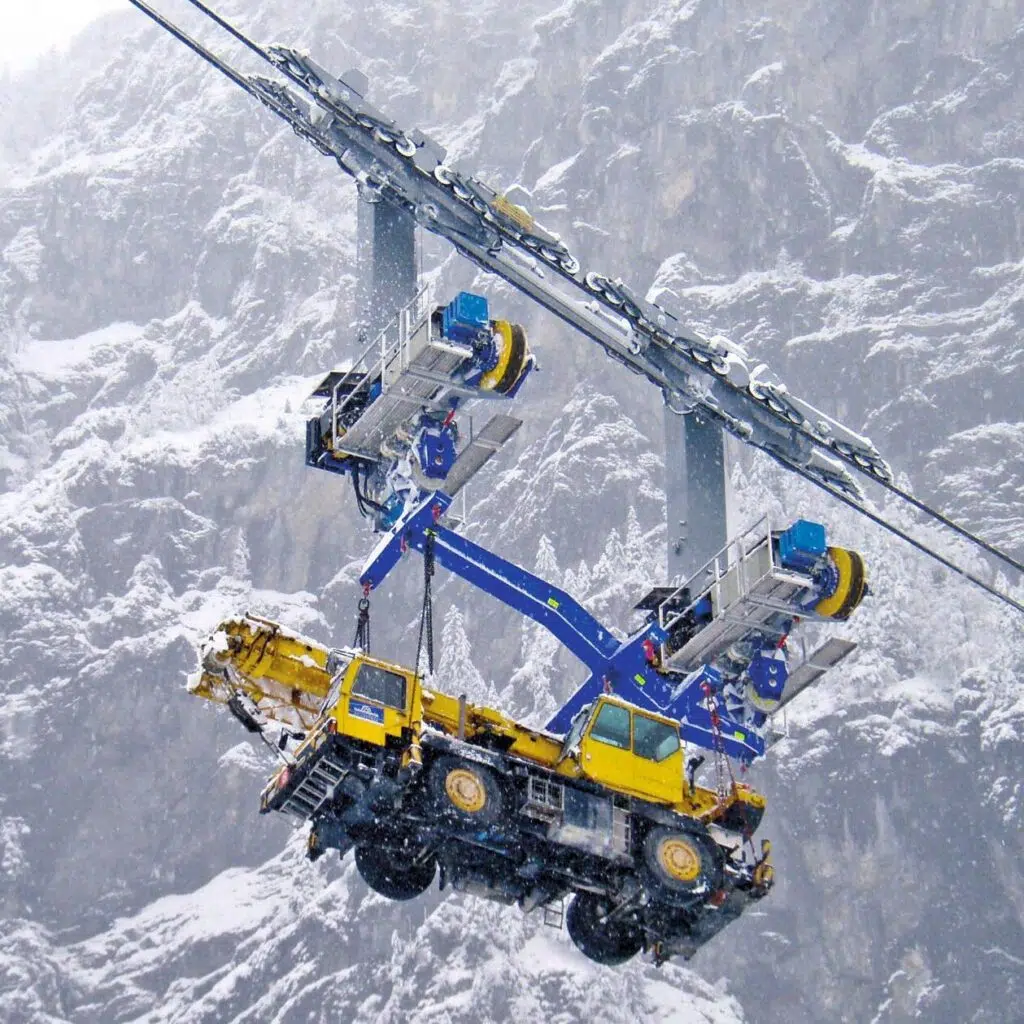
Consider a case where heavy machinery needed to be transported to a remote mining site in a mountainous region. An experienced team assessed the route, identified potential hazards, and made necessary modifications to the machinery. Skilled operators used specialized vehicles and GPS technology to navigate through treacherous terrain and adverse weather conditions, ensuring the machinery reached its destination safely and on schedule.
In conclusion, transporting heavy machinery through rugged landscapes and deep valleys is a complex task that demands a combination of skills, knowledge, and specialized equipment. By conducting thorough terrain assessments, utilizing the right machinery and technology, and prioritizing safety, it’s possible to overcome these challenges effectively. The success of such operations relies on the collaboration of skilled professionals who are committed to delivering heavy machinery where it’s needed, even in the most challenging environments.

